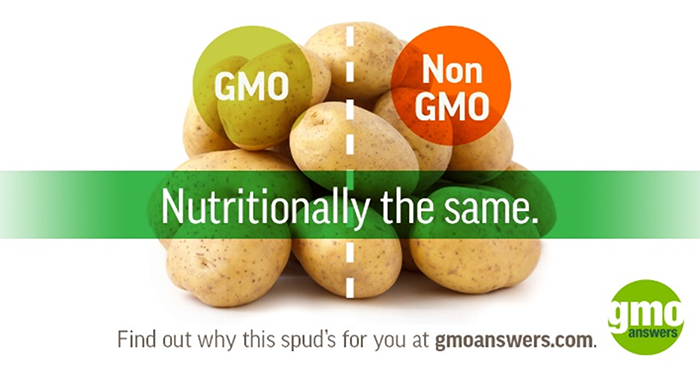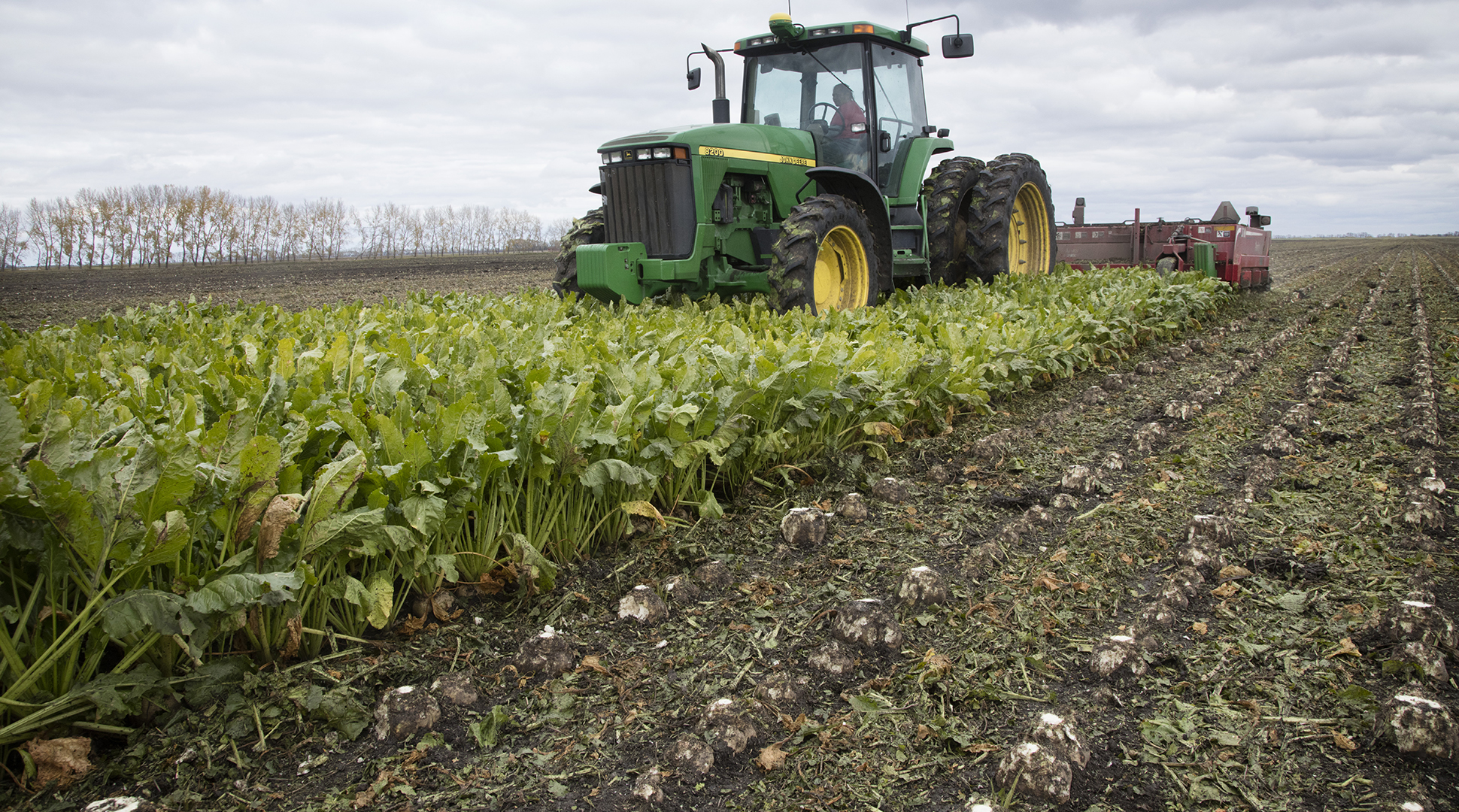by Carie Moore
Potatoes and sugar beets are grown in the rich, heavy soil in eastern North Dakota. Many are also delivered and processed there and the growers are stakeholders or share owners in the companies they grow for.
JR Simplot is one of the largest potato growers and companies in many states, including here in ND. I went to their website and wow, if you want information that’s the place to go.
Innate® potatoes are less prone to bruising and black spots, which means consumers waste less and fewer potatoes end up in landfills. Innate potatoes also contain less asparagine. By producing less asparagine, Innate potatoes provide the potential for the formation of acrylamide to be reduced by 58-72% when potatoes are baked, fried or roasted at high temperatures. Innate® Generation 2 potatoes features traits that address several of the major issues facing the potato industry including shrink from cold storage, late blight, sugar ends, sprouting, acrylamide and black spot bruise – providing significant benefits to the entire potato value chain. (Simplot)

The genes in the GMO potato are naturally found in other grown potatoes. So, since genes from one potato are being sequenced into another potato, it was hopeful that consumers would be more welcoming of the product. Some groups have come down on McDonald’s to not use them, even though Simplot has supplied them for 60 years.
Some say PO-TA-TO and some say PA-TA-TO but all that matters is that you are eating a food product that was grown by a farmer who was able to use less chemicals producing your food because of improved genetics packed into the seed he plants.
Life with out potatoes would be boring!!! Fries, chips, mashed, potato salad, soups, hotdishes, hash browns, and staple side dishes for meals would leave part of your plate so bare and less filling. Same with writing this, hash browns are 2 words, yet hotdish is one…hmmmmmm now that’s a true myth worth busting!
Another crop that also grows in North Dakota’s Red River Valley sugar beets. The beet farmers are part of a cooperative American Crystal Sugar Company since 1973. They have 5 processing plants in the Valley.
When processed, sugar from canes or beets is identical and you cannot tell which it came from. And 95% of U.S. beets are GMO.
Animal and Plant Health Inspection Service (APHIS)-USDA, was court-ordered (2008) to do an environmental review of the GMO beet and found no risk.
Sugar beets and potatoes are both very labor-intensive crops and need a lot of people to get the work accomplished. https://gmoanswers.com/studies/5-things-know-about-sugar-beets Laura Rutherford is a North Dakota mom and farmer I know that can cover this topic so well! Please check out her post!
Notice the trend of GMO products carrying a significant percentage of all the seeds of that crop being grown? If they were not safe or beneficial, would the crops all be over 90% GMO seeds? That says a lot for the farmer, the processors, and the grocery stores. GMOs are not harming us. They are helping us all!
